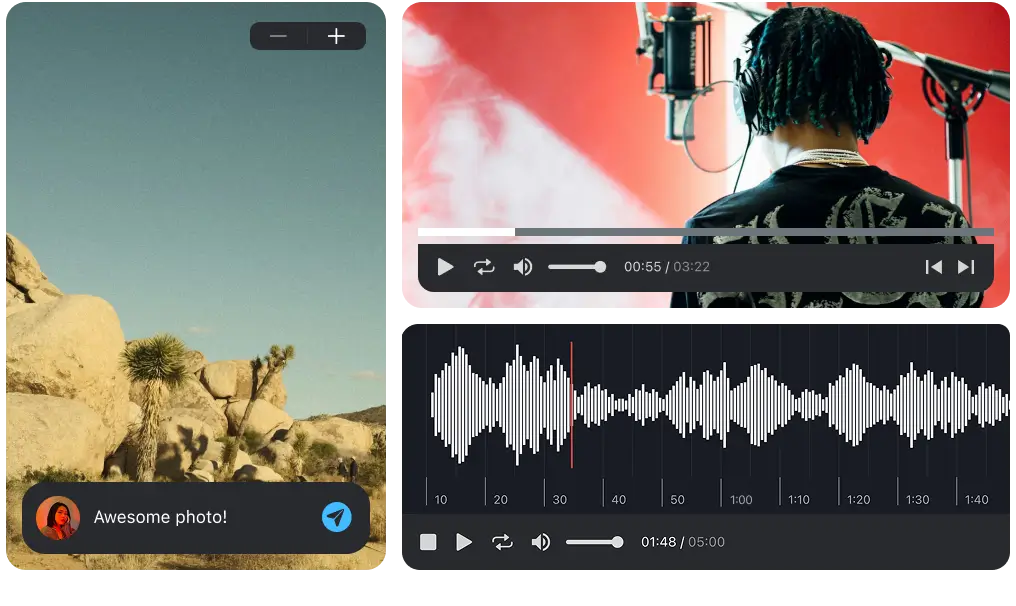What is creative collaboration?
Creative collaboration in music is a process where two or more individuals combine their skills, talents, and ideas to create a musical piece. This process can involve songwriters, composers, musicians, producers, and even visual artists. The collaborative process can result in a unique blend of styles, genres, and sounds, often leading to innovative and groundbreaking music.
Collaboration in music is not a new concept. It has been a fundamental part of music creation since the earliest days of human civilization. However, with the advent of digital technology and the internet, the possibilities for creative collaboration in music have expanded exponentially.
Understanding the сoncept of сreative сollaboration
Creative collaboration in music is a process of creating something from nothing, through a combination of ideas and skill sets. It's about merging different musical perspectives, experiences, and talents. It's about learning from each other, challenging each other, and pushing each other to reach new heights of musical creativity.
Collaboration can take many forms in music. It can be a songwriter working with a composer to create a new song, a band of musicians working together to create an album, or a producer working with an artist to shape the sound of their music. Regardless of the form it takes, the goal of creative collaboration in music is always the same: to create music that is greater than the sum of its parts.
Types of creative collaboration in music
There are several types of creative collaboration in music, each with its own unique characteristics and benefits. These include songwriting collaborations, performance collaborations, production collaborations, and cross-disciplinary collaborations.
- Songwriting collaborations involve two or more songwriters working together to write a song. This can involve brainstorming ideas, writing lyrics, composing melodies, and arranging the song.
- Performance collaborations involve musicians working together to perform a piece of music. This can involve rehearsing, arranging parts, and performing live or in a recording studio.
- Production collaborations involve a producer working with an artist to shape the sound of their music. This can involve arranging, mixing, and mastering the music.
- Cross-disciplinary collaborations involve musicians working with artists from other disciplines, such as visual artists or filmmakers, to create a multimedia work.
Music collaboration platforms
Collaboration platforms are online tools that facilitate creative collaboration in music. They allow musicians to share files, feedback, and ideas in real time, making the collaborative process more efficient and accessible. Collaboration platforms often include features such as file sharing, project management, and communication tools.
There are many collaboration platforms available, each with its own unique features and benefits. Some of the most popular collaboration platforms for music include Pibox, Soundcloud, and Soundtrap. Let's explore why Pibox stands out as the top choice for musicians seeking a seamless and organized collaboration experience.
Pibox: The ultimate collaboration platform for music professionals
Pibox is an all-in-one audio collaboration tool designed for music creators to work efficiently with collaborators and clients. Upload and share audio files, invite team members, and leave timestamped comments directly on the waveform for clear feedback.
With features like live chat, mix version control, and a smart file system, Pibox helps you stay organized and focused. Easily manage to-do lists, track progress, handle metadata, and create playlists—all in one platform. No more confusing email chains or misplaced demos. Keep your music, files, and feedback organized to enhance your workflow and creativity.
Pibox is free to start and user-friendly, simplifying your music production process. Let’s take a look at the main features Pibox has to offer:
- Waveform comments: Leave specific comments directly on audio waveforms with timestamps for precise feedback.
- Version control: Compare audio versions quickly to find the best one.
- Organized file management: Stay on top of project progress with a well-structured file system.
- Review links: Share demos and receive feedback from clients or collaborators easily.
- Metadata management: Add and organize metadata to streamline projects.
- Chats: Collaborate in real time with team or private chats.
- RAW file playback: Upload and play lossless audio for the best quality.
- File statuses: Track progress with file status indicators.
- Playlists: Create and share playlists for smooth collaboration.
- File requests: Request missing files directly from collaborators.
- Task management: Assign tasks and track progress to keep everyone on the same page.
Easier, faster way to collaborate in real-time, collect feedback, manage reviews, share, and finish your projects effortlessly.








